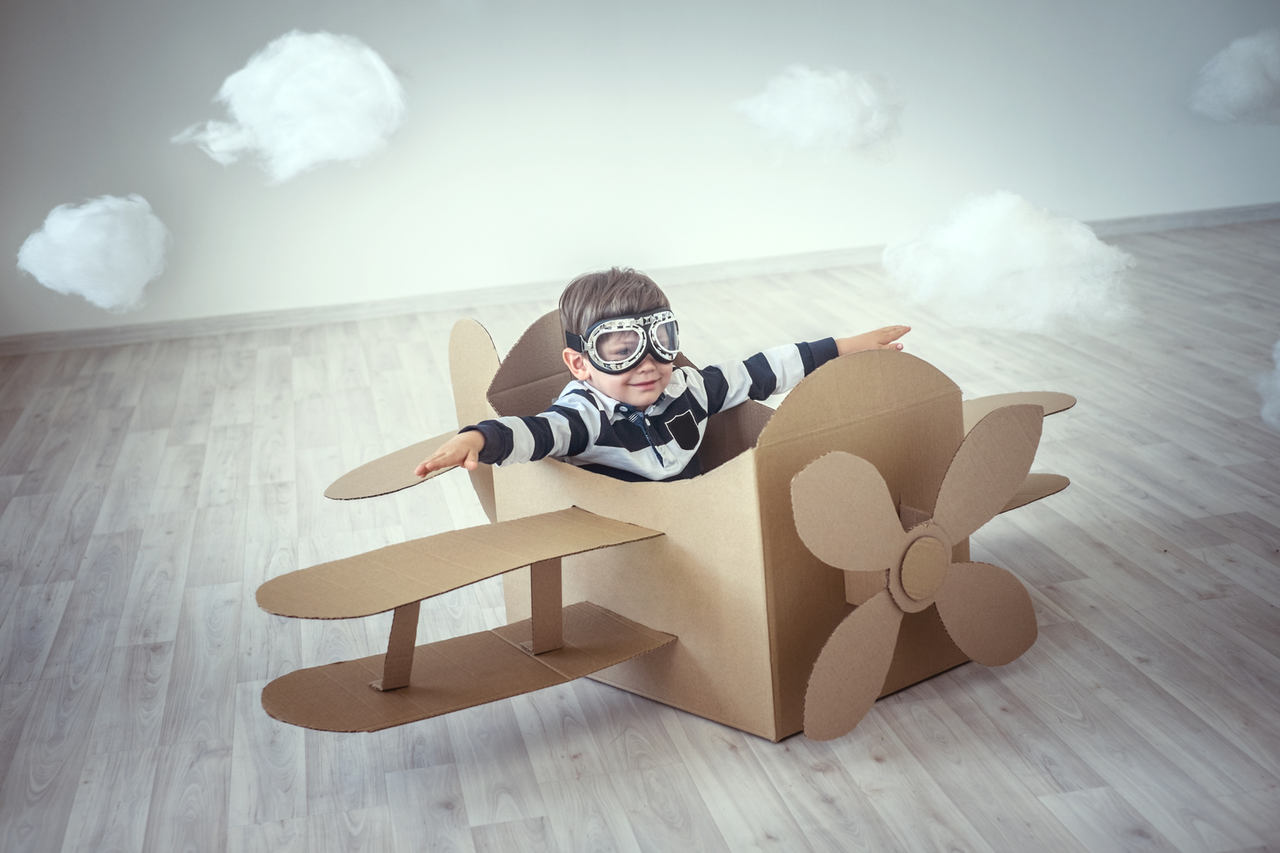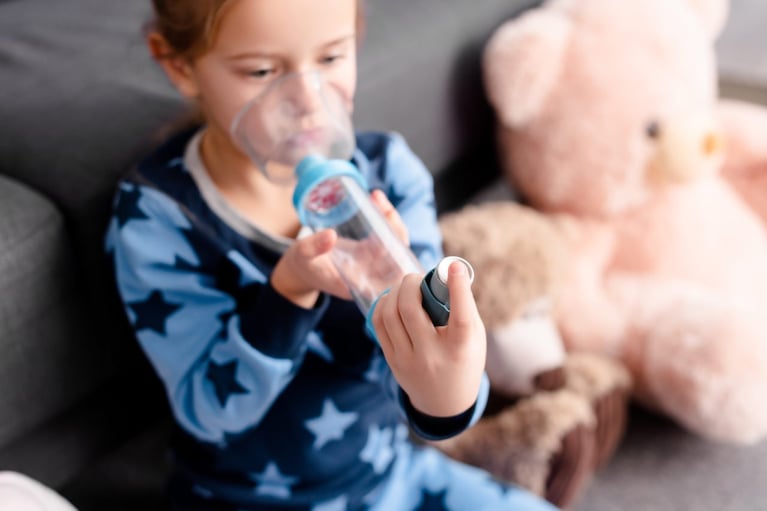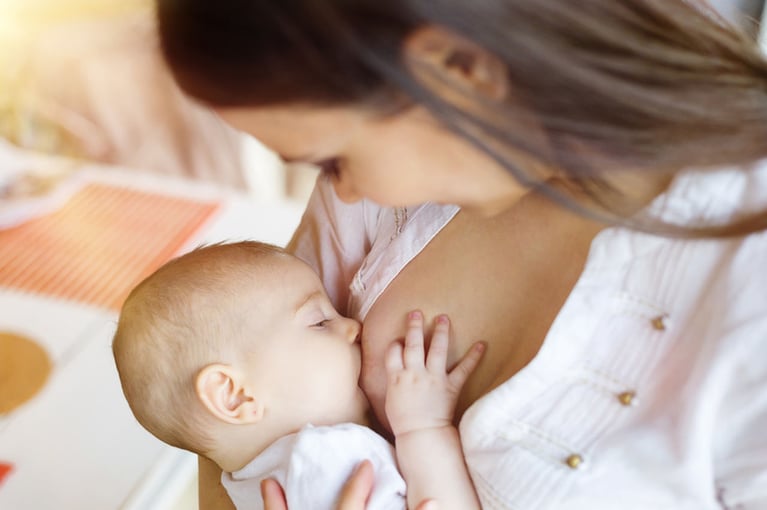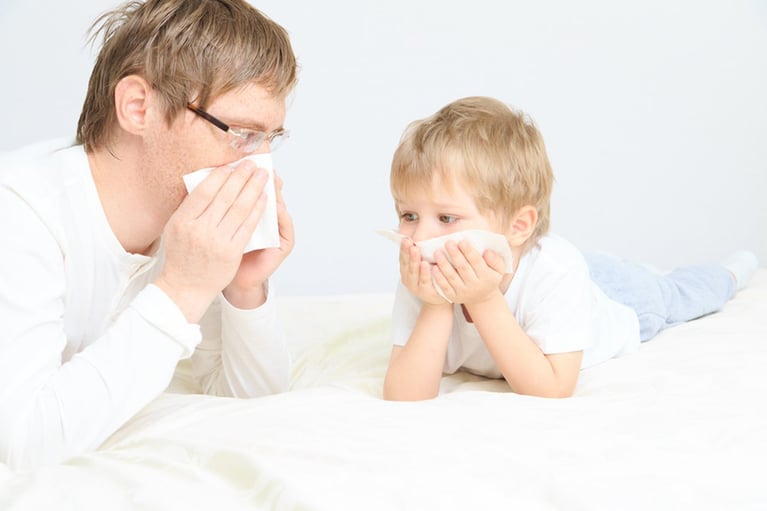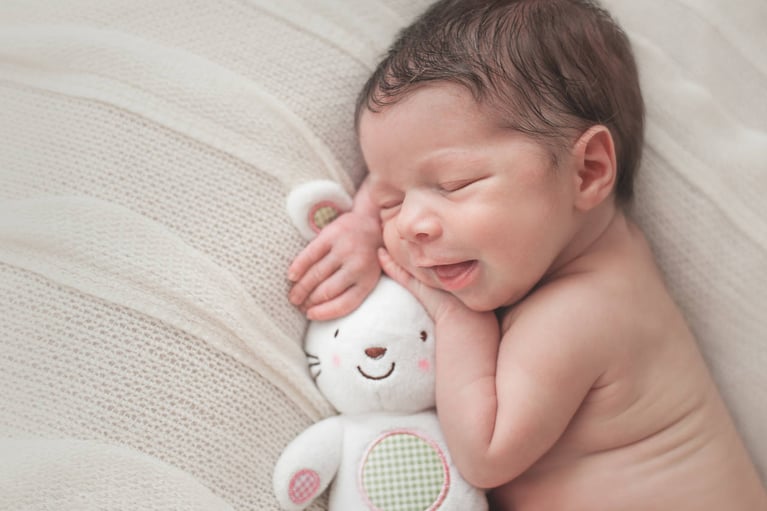For every parent the most important thing is the good health of their children. Most of us shudder to think about any infections, cold, flu, running nose, coughing, earache, etc.
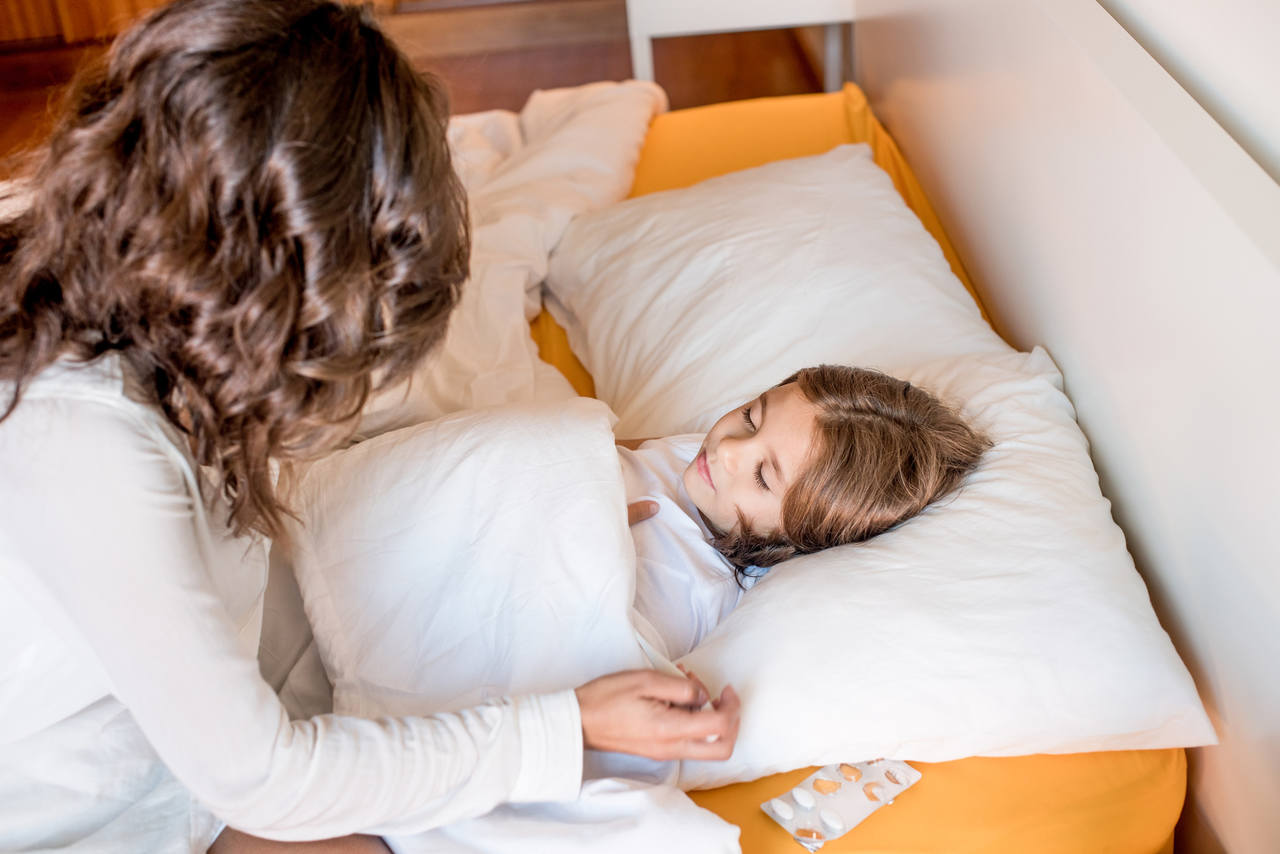
We are afraid of long-term treatment, antibiotic therapy, complications and hospitalization. Unfortunately, the statistics are merciless for us – children in the early childhood period, particularly those that attend day care or kindergarten, or who have older siblings in pre-school age, go through 8 – 10 respiratory tract infections a year.
Therefore, dear Parents, there is no reason to panic! The only thing we can do is obtain appropriate knowledge and become prepared in advance for a potential infection of our offspring’s respiratory tract.
A few words on the causes of infections and low immunity in children
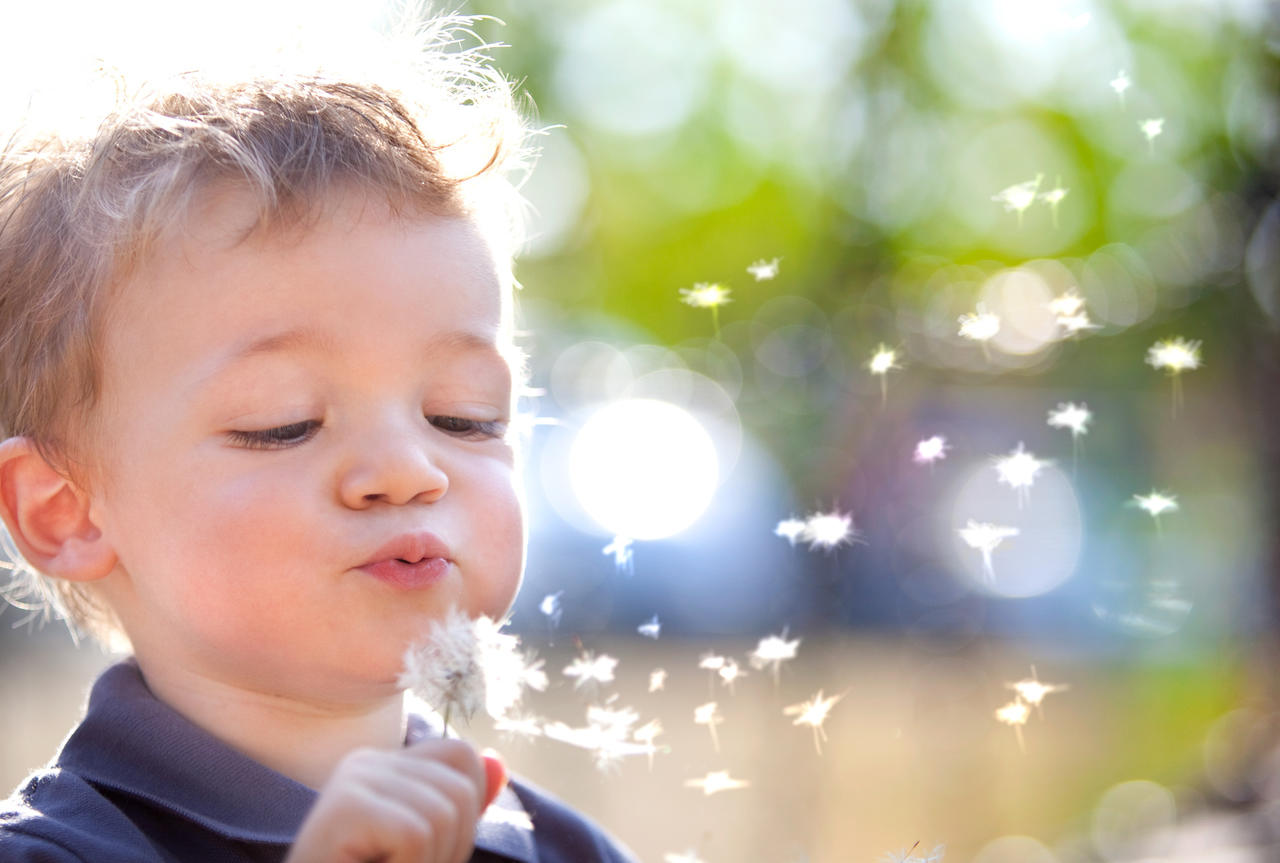
Why do children fall ill? Viruses and bacteria are to blame. As much as 90% of infection cases are caused by viruses. But viruses or bacteria alone are not enough, because if the child has proper immunity, they may not fall ill at all! What causes low immunity? Two of the causes that we have no influence on are preterm birth and generic diseases that result in low immunity. But what is very important here is those that we have a significant influence on, that is: improper diet, insufficient physical activity – particularly on fresh air – and child’s exposure to tobacco smoke, that is, the so-called passive smoking.
Types of infection
Now it is time for a couple of dangerously sounding names, which means that we are going to focus on respiratory tract infections! What do we have here? Starting from the top: rhinitis, pharyngitis, sinusitis, otitis, laryngitis, tracheitis, bronchitis, bronchiolitis and – what we fear the most – pneumonia.Most of the infections start with a simple runny nose (that is, rhinitis) and then viruses or, less often, bacteria may travel deeper: into the throat, larynx, trachea, etc. Rhinitis is usually accompanied by increase in body temperature, that is, subfebrile condition or fever. Our little patient may also be apathetic and lack appetite. No wonder! In the end, if they have their nose blocked they breathe mainly through mouth, so eating is difficult and, additionally, it is hard to feel any taste when your sense of smell is not working correctly. Everyone had a runny nose at some point so we know how things are then! In such situation you should not force-feed the child.
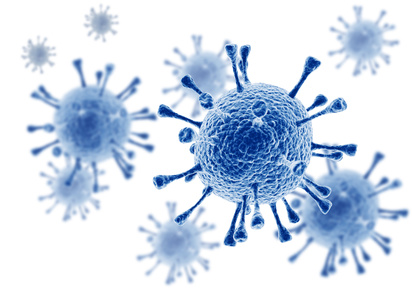
What to do during infection?
The most important thing during a cold is to keep the body hydrated. Rehydration is of particular importance in case of subfebrile condition and fever, because a child loses a lot of water when sweating. What is the best thing to give a child then? Water, tea, herbal tea and, additionally, anti-fever medicines for lowering body temperature. In infants and younger children it is possible to use a nasal aspirator. It allows us to minimize the risk that the infection will spread to e.g. throat or ear. The older children who are able to blow their nose and free it of mucus do not require using it.
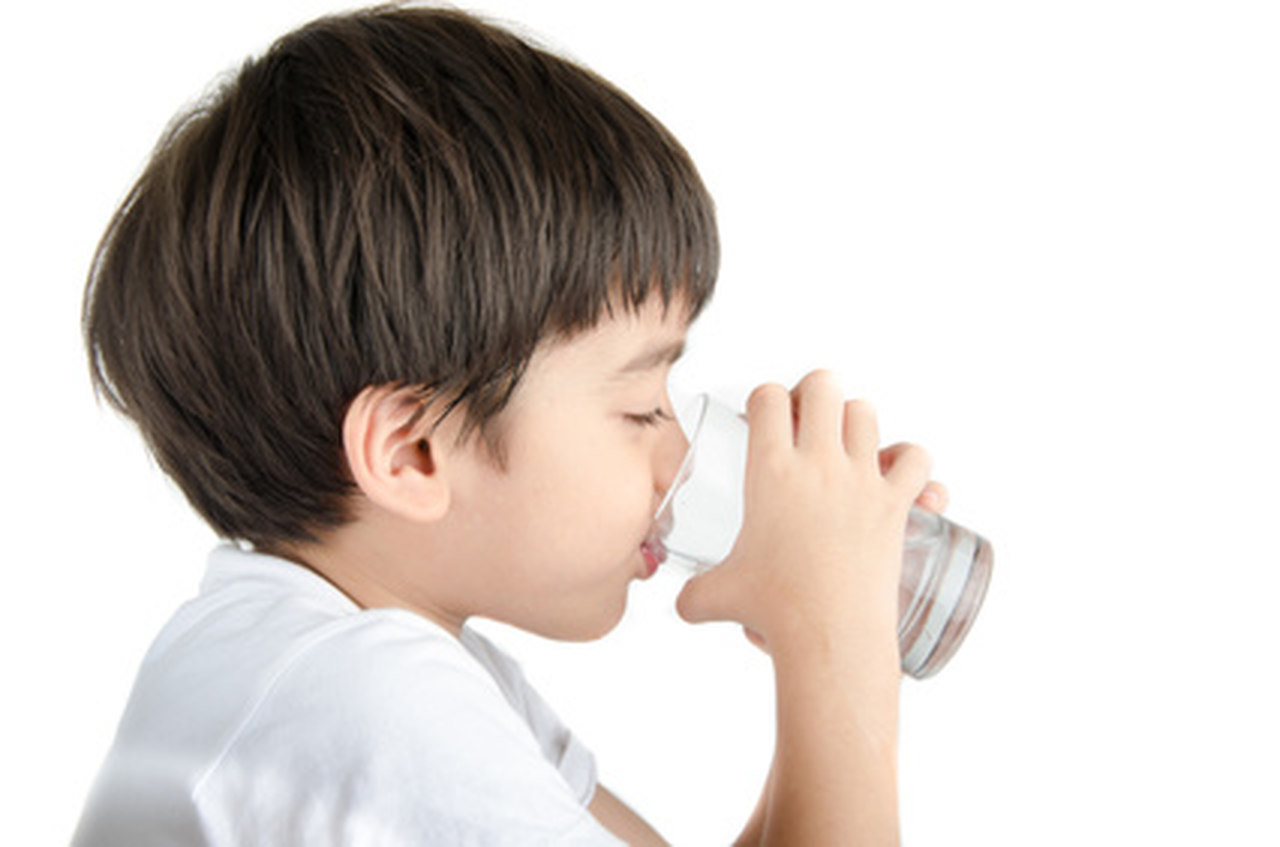
The cold is often accompanied also by sore throat and cough. Where does the cough come from in case of runny nose? If coughing happens rarely and mostly during the night when the child is lying face upwards, this may suggest that we are dealing with irritation of throat and respiratory tract caused by mucus running down from the nose. During rhinitis and cold it is better for the child to sleep on a side (that obviously does not apply to infants).
But if the night coughing is very persistent, dry and very exhausting and disturbs the child’s sleep, tracheitis and/or bronchitis have to be taken into account. In such case it is necessary to visit a doctor. It is also a good idea to do it in case of a wet cough when you can actually hear the mucus moving through the child’s respiratory tract.
What else can surprise us?
Our offspring can suddenly start talking to us in a hoarse voice reminding of Louis Armstrong singing “What a Wonderful World”. Hoarseness suggests that viruses attacked the vocal chords area and in such case we can talk about laryngitis.
Another possible symptom is earache. Improper blowing and/or cleaning the nose in order to remove mucus results in the infection being transferred to the middle ear and causing inflammation. That is why it is so important to clean a baby’s nose of mucus by means of an aspirator. How can you tell whether a baby’s ear hurts? Earache is placed high on the scale of pain intensity. It is a very severe pain because of which the baby cannot sleep at night, is crying and is irritated. It may also rub their hand against the auricle or turn their head to the sides when lying.
We must remember that the respiratory tract is a compact structure, the elements of which blend into one another and therefore it is very easy for the infection to spread, especially in younger patients whose body immunity mechanisms are at the stage of development.
When should we visit a doctor with our baby?
First of all, when the high body temperature persists despite administration of anti-fever medicines. So, we give our baby the medicine and the thermometer keeps showing more than 37°C. When we notice that the baby has trouble breathing and inhaling air is a great effort for them that – for example when the baby tries to inhale so hard that the wings of its nose collapse slightly. We may also notice that the baby’s breathing is rapid and the individual breaths are shallow and quick, like when running quickly. These are the symptoms of respiratory tract obstruction, that is, partial blockage. Unfortunately, the structure of little patients’ respiratory tract facilitates its obstruction during infection.
It is also important to notice the shade of the baby’s skin – both the excessive and unnatural paleness of skin and cyanosis are alarming symptoms that require urgent consultation with a doctor.
During any illness of a child it is also very important to pay attention to contact with them. Professionally, we talk about the so-called “full contact”. Isn’t the baby too sleepy? Do they react to our presence? Do they maintain eye contact with us? In case of older children we need to answer the question whether the verbal contact is normal or more difficult and whether the child answers our questions in a logical way.
Obviously, in case when we are unsure what is wrong with the cough, coarseness and breath of a baby, with contact with them, with their skin colour, etc. it is a good idea to consult a doctor who is going to verify our doubts, carry out medical history taking and, first and foremost, carry out examinations such as measuring the baby’s body temperature, evaluating their heartbeat and – what is very important – auscultating their chest by means of a stethoscope.

Why is auscultation so important?
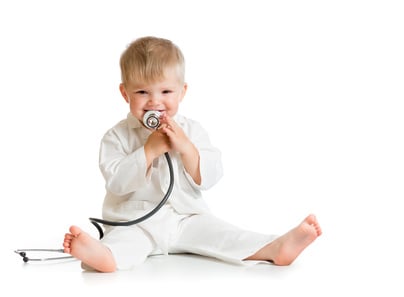
Because it is a preliminary means of diagnosing pneumonia. It also allows to differentiate between laryngitis, tracheitis, bronchitis and pneumonia. Experienced parents know how often the main reason for visiting a doctor is auscultation and evaluation whether the infection did not spread to bronchi and lungs. Every parent of a pre-schooler who gets ill often knows how good it is to hear the words “everything sounds nice and clear”.
Because it is a preliminary means of diagnosing pneumonia. It also allows to differentiate between laryngitis, tracheitis, bronchitis and pneumonia. Experienced parents know how often the main reason for visiting a doctor is auscultation and evaluation whether the infection did not spread to bronchi and lungs. Every parent of a pre-schooler who gets ill often knows how good it is to hear the words “everything sounds nice and clear”.
Building a child’s immunity
To finish, here is a bit of advice on how we can minimize the risks of colds, rhinitis and other diseases. First of all, we have to build our children’s immunity in a proper way. How to do this?
First of all – through breastfeeding. In case of new-borns and infants breastfeeding is a natural method of preventing respiratory tract infections. According to the most recent guidelines of WHO (World Health Organisation), it is recommended to breastfeed for at least the first six months after a child is born, and ideally until the child is two years old.
Secondly – diet. A child’s proper and healthy nutrition is very important and means including as much fresh fruit and vegetables and as little junk food like crisps, candy bars, cookies, etc. as possible.
Thirdly – exercise. Physical activity, ideally on fresh air, is good for everything!
Moreover, a significant factor that increases the risk of respiratory tract infection is the child’s exposure to tobacco smoke. Therefore we should adhere to the strict ban on smoking whenever there are any children nearby!
Dear Parents! We can make it!


